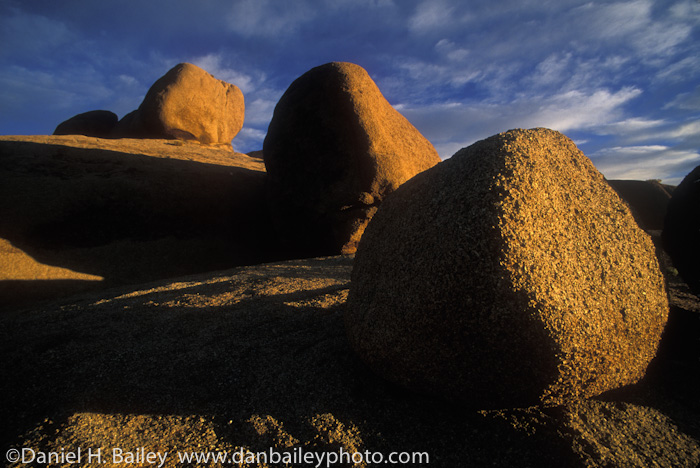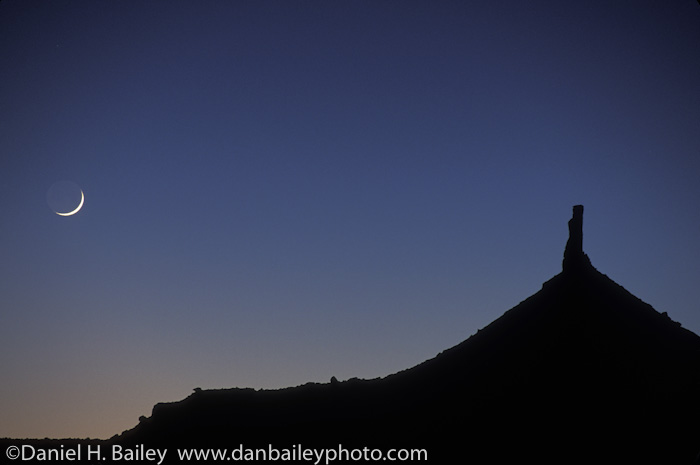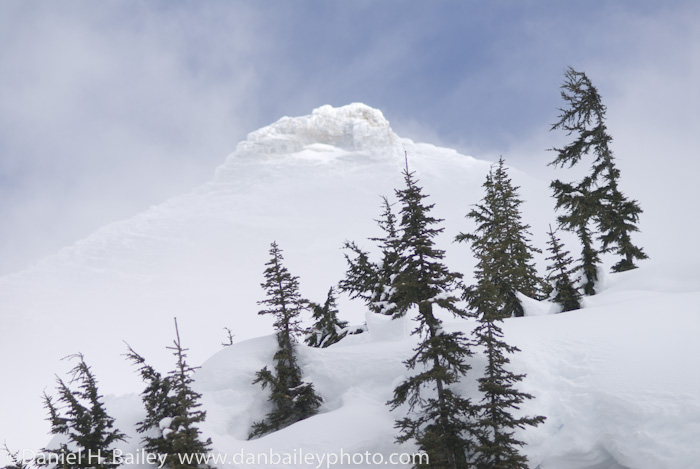As outdoor photographers, landscapes speak to many of us more than any other type of subject. Perhaps it’s because of our inherent connection with nature and because the process involves a solitary and individual method of seeing the world in our own way.
There is great satisfaction in creating dynamic landscapes. As we tromp around outside and lug our bag of gear over the mountains, across the prairie, or the tundra if you live at certain northerly latitudes, and through the forests, we strive not only to make photographs that simply document the location of our chosen subject, (a simple GPS would suffice if that was our goal) we look to make images that communicate a certain power and emotion to our viewers that transcend time, place and familiarity with the scene.
As we brave the cold, the wind, sometimes the rain, and often a long walk back in the dark, we seek to create dynamic representations of the landscape that we hope will work their way into the consciousness of the people who see our work, and that will become the universal visual idea of that specific location or region, even if our viewers have never seen the place with their own eyes.
Most importantly, we seek to create photographs that transmit our own personal ideas about these scenes to our viewer, which might be defined as simple concepts such as majesty, tranquility and wonder. Often times, images that do a great job communicating simple concepts end up being the most powerful and remembered photographs.
This eternal quest to create the perfect landscape is like some innate instinct that drives us to keep heading out into the wild with our cameras as we keep trying to perfect our craft. It makes us want to buy books and new lenses or tripods, study the works of others, and read magazines and blogs as we endlessly devour information that we hope will make us that much more prepared for our next outing.
It’s a never ending process, and probably one that we’ll keep pursuing for as long as we live. That inspires us, because we know that for all the landscapes that we’ve shot up to this point, we still have many of our best images ahead of us.
Here are three simple techniques that I try to incorporate into my own landscape imagery. They’re tried and true tips, and probably stuff you already know anyway, but hey, you can never read too much about how to improve your landscapes, right?
Maybe they’ll help inspire you, or at the very least least remind you, so that they’re fresh in your mind for the next time when you head outside with your camera.
1. Wait for the light

This is most the important one. If you don’t do anything else to improve your landscapes, make sure you shoot under the most dramatic, beautiful, serene, vibrant, moody, soothing, edgy and appealing light that you can find. You’ll probably have to wait for it, and if you stand around outside enough times, you’re bound to be rewarded on rare occasion. Good light doesn’t happen all the time and extraordinary light is indeed a special treat. You have to get out there and wait for it, over and over again. Be patient, and eventually, it will come.
2. Create simple compositions

The best landscapes portray simplicity in their subject matter. Usually, this means focusing on just one important element in the scene, or better yet, the relationship between one element and another. Don’t mistake this for including only one piece of subject matter, because then you’ll lose your sense of place. Instead, accentuate your subject with proper placement in the frame and through it’s relationship to the other elements in your composition.
Treat your viewfinder like it’s your canvas and make a very conscious decision about every single thing you include in your photograph. Make the picture be what you want it to be and don’t clutter it up with elements that don’t relate to your main subject. A crowded photo is a lost photo that will only confuse and bore your viewer. Be deliberate and conscious of every square millimeter of your frame.
3. Choose the right lens

We often think that wide angle lenses are the best lenses to use for shooting landscapes. This if often true, but it’s not always the case. It depends on the subject matter and what you’re trying to communicate with your photo. There are times when a telephoto lens, or even that often neglected 50mm lens may be the best choice for the scene in front of you.
Think about what you’re trying to say with your photograph, and then consider your vantage point, your foreground, the distance to your subject and the environment around your subject. Maybe you want to isolate your subject against a soft, compressed background that draws the viewer’s attention right to a single sharp piece of subject matter. If so, then reach for your long lens. If you want to show the grand view that holds focus all the way from the foreground to infinity and that shows how your subject relates to it’s greater surroundings, then reach for your wide angle.
For further reading, check out 5 Great Books for Learning Landscape Photography.

Hi
This is a really good article on Landscape photography – I will certainly keep these solid tips in mind when shooting! This shot of Mirror Lakes in New Zealand keeps some foreground in the picture to allow one to grasp the scale of this image. I used a 10mm wide angle to capture the entirety of the scene as well as a 3 shot HDR to capture all available light. Unfortunately I could not wait for the light, so I had to bring it to me with 3 exposures.
Regards, Erik
http://tinyurl.com/37lh9uc
[…] didn’t really plan it that way, but after running my 3 Simple Tips for Shooting More Dynamic Landscapes post yesterday, I just figured that I’d spend the rest of the week on landscapes. Why? […]
[…] far this week we’ve covered three essential tips for shooting landscapes, and looked at a number of great photography books, tripods and camera backpacks that are all […]
Hey Dan
“we strive not only to make photographs that simply document the location of our chosen subject, (a simple GPS would suffice if that was our goal)”
That statement speaks volumes, IMO. Thanks.
Cheers
Carl